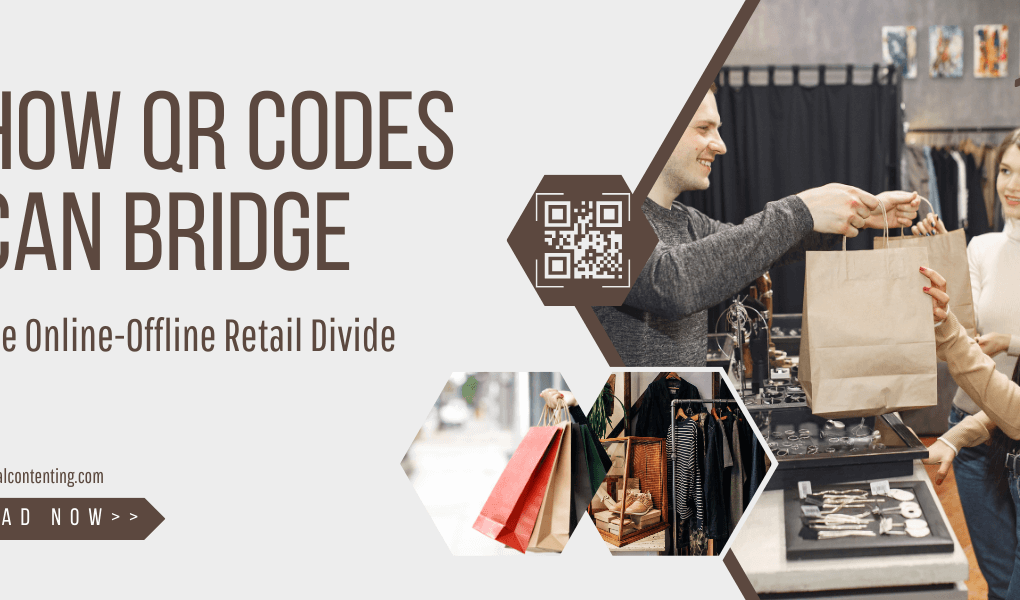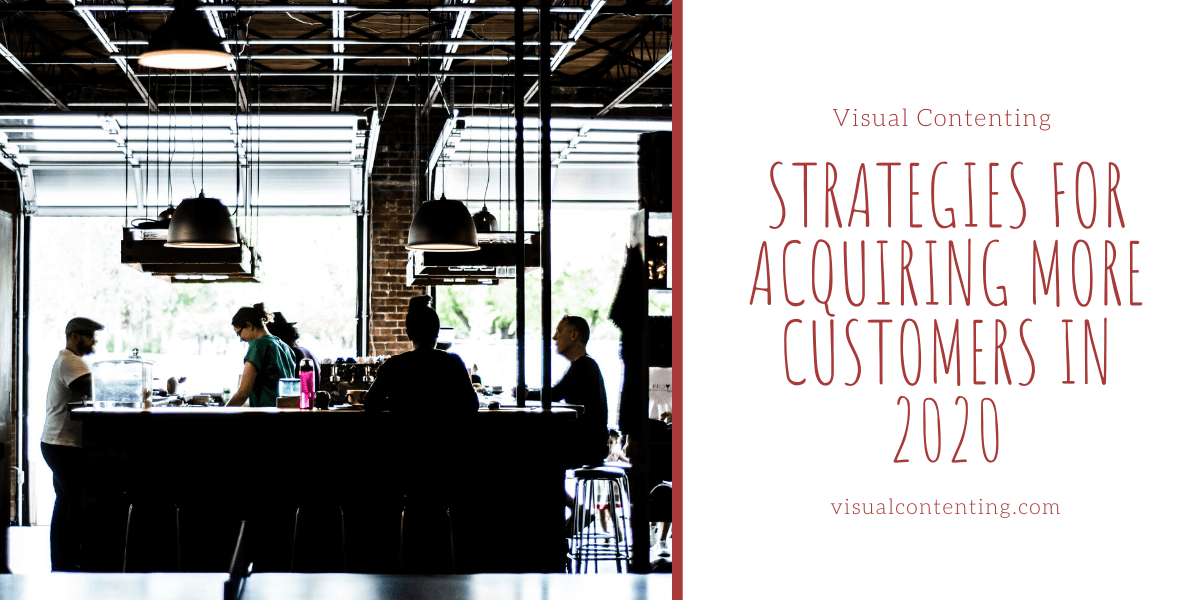What if businesses could reach new customers, keep them entertained and stand apart from competitors? They can by tapping into the power of QR codes.
Online and offline strategies keep customers engaged and drive brand loyalty. QR codes offer an opportunity to direct shoppers to unique pockets of information. New technology provides ways to combine a digital and physical presence so customers have similar experiences across varied mediums.
QR codes can bridge the gap between real life and online worlds in numerous ways.
1. Present Detailed Information
Experts predict around 100 million people will use their smartphones to scan QR codes by 2025, up from 89 million in 2022.
The pandemic brought about scannable menus to prevent the spread of germs. As people have grown more comfortable with QR codes, they’re more likely to scan ones placed on products or paper advertising.
QRs add extra space for detailed information about how to use a product. Companies can link to a series of FAQs covering questions asked by users. A well-placed code reduces the need for customer service agents by covering typical problems and troubleshooting steps. Customers will feel their concerns are heard and pain points rectified.
2. Provide Interactive Experiences
One thing consumers enjoy about online shopping is the interactive, animated potential of the online world. With QR codes, retailers can share augmented reality (AR) experiences by sharing a link to a website or place to download an interactive app.
Bambule Pils, a German beer maker, utilized AR QR technology for a marketing campaign. When customers scan a code, they see a three-dimensional image of the brand's mascot doing a little dance.
Adding entertainment value draws new customers and keeps current ones enthused. People will tell others about their fun experiences, and word-of-mouth marketing increases.
3. Offer Effortless Payments
More than 50% of Americans use contactless payments, with QR code payments accounting for $2.4 billion globally. Experts predict the figure will hit $3 by 2025. Adding a QR code adds effortless convenience for customers.
People often prefer contactless payments to avoid lengthy checkout lines. Sam’s Club is an example of a brand using its app and a QR code to check people out seamlessly. As the user goes through the warehouse, they scan items through the “Scan and Go” portion of the app, slide a button to check out and use a QR code with the door checkers to exit the building.
The idea behind the app checkout and QR code is to save paper usage and speed up the process.
4. Give Instant Coupons
QR codes serve as a way to scan and find deals at a customer’s favorite establishments. Imagine a local restaurant placing a small advertisement in the newspaper. They have limited space to work with due to ad prices. However, they can put a small QR code in the area. When users scan it, they see all the coupons available when dining there.
Another option is to have a variety of offers and let the user scan it and see what they receive. When businesses create games, they engage customers and encourage interaction.
5. Have Influencers Share QR Codes
Companies look to influencers for unique campaigns. Someone with a following on social media may allow a brand to tap into their audience and add customers they otherwise wouldn’t reach.
People have to see a brand logo five to seven times before they remember it. Companies can shorten the time it takes to secure a new fan by getting their name and image out there quickly.
For example, businesses can pay influencers to share a secret QR code with a special offer created only for their fans. The user then takes the code to a local store and gets a discount or an exclusive product. Encouraging customers to shop both in person and online expands reach.
6. Utilize Reviews
People are much more likely to listen to a peer saying a product or brand is great than if the company says it. Marketers can add a QR code to an in-store display and have it lead to a reviews page on the site, where they feature the best feedback. In a scientific study of 53 consumers between the ages of 19 and 60, researchers found personalized reviews had the strongest impact on shoppers.
Consumers have gotten quite savvy about organizations pushing bad reviews down and only highlighting positive ones. Brands should include a few negative ratings to which they’ve responded. Potential leads can see how the business handled the poor feedback and if they tried to rectify the situation in an acceptable way.
Every brand faces an irate customer at some point. Some people are unhappy with any solution and refuse to abandon their anger. Brands can show their customer service by presenting solutions and being transparent when answering angry customers. If the person chooses to be obstinate, other people will see that and may disregard their words.
7. Build a List
Smart companies take the time to cultivate a private contact list of their customers. Advertising can be expensive, even digital advertising on social media platforms. Once the business secures a customer, the focus should be on direct advertising. Add them to a mailing list for an email newsletter or snail mail postcards and flyers.
The list should also be segmented so the right offers go to the right customers. A customer who enjoys red clothing will be interested in the new line of red skirts arriving this week but may not care about the blue ones. Buying behavior helps companies know each buyer’s preferences so that they can better advertise to them.
Businesses should utilize QR codes on receipts and when the person shops online or in the store. Retailers can combine a loyalty program or discount to encourage customers to utilize the QR image and sign up for the list.
QR Codes Excel at Offering Analytics
A hidden advantage to utilizing QR codes for marketing comes through the ability to track consumer behavior between digital and physical platforms. Omnichannel environments benefit from access to better data. Figuring out the purchase intention in different scenarios helps the marketing department come up with better campaigns in the future.
Some of the insights brands gain by seeing how people interact with the codes include:
- Buying behavior details: When and how are users completing a purchase?
- Demographics: Who engages with the codes?
- Device type: Are people accessing via smartphones or desktops?
Tracking QR codes gives brands an edge by seeing data-driven decisions. The marketing department and company leaders can then choose marketing campaign types with the highest results and user engagement.
When money and resources go to the efforts bringing the best results, advertising costs will be less and conversion rates higher. Understanding consumer preferences is only effective when the data applies directly to a brand’s customers. The data applies to the effectiveness of omnichannel strategies and how to better reach a target audience.
Before the dawn of the internet, customers purchased from a brick-and-mortar store and might or might not return. A few brands offered mailing lists and sent out snail mail promotions to keep them engaged. Today, customers are seen as assets for a business and have a lifetime value for what they might spend over time. More data offers the insights needed to attract the right audience and keep them for years.
Bridge the Online-Offline Retail Divide
Although most retailers understand it’s crucial to have an online presence, meshing physical and digital worlds escapes some. QR codes have the potential to deliver the right info at the best time to convert a browser into a buyer. Brands also gain insight into buyer behavior and see how they can reach customers where they are, driving revenue growth.
Related Posts
Devin Partida writes about topics concerning tech and the internet. She is also the Editor-in-Chief of ReHack.com.







